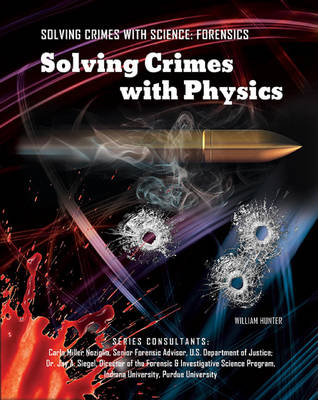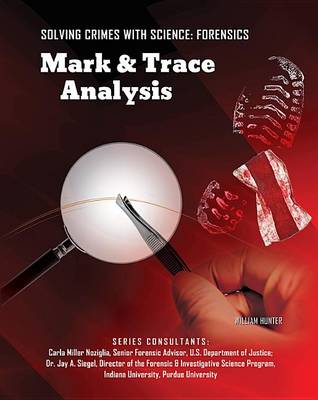Solving Crimes With Science: Forensics
4 total works
Most people cringe when they hear the word physics. Physics is a very technical science that most people rely on every day, but do not really care to understand. Things work, and that is enough for most of us. Solving Crimes with Physics delves into the use of this challenging science to give readers a basic understanding of how the principles of physics can be used to solve crimes. From ballistics to bomb blasts, the knowledge of the theories of physics are powerful tools in the hands of a skilled forensic scientist.
A flake of skin...a strand of hair...a fleck of saliva...a drop of blood...everywhere we go we leave behind bits of ourselves that are as unique as fingerprints. Each cell contains genetic material called DNA, which holds information that scientists can use to learn about the person who left those cells behind. In the past twenty-five years, researchers have made significant advances in all disciplines of science, including the study of genetics. As science has leapt forward, the effect on forensics has been remarkable. New knowledge of DNA has dramatically changed the amount of information available to forensic scientists at the scene of a crime, opening doors that were never open before.
Crimes happen every day all around the world. Sometimes, criminals think they have taken every possible precaution to avoid capture, but they are often mistaken. Every crime leaves a trace, and forensic science has evolved to find the tiniest bits of evidence imaginable at a crime scene. Mark & Trace Analysis gives readers some insights about the tricks and techniques used by forensic scientists and crime-scene investigators when evidence is scarce. Criminals always leave a trail. The trick is finding it.



